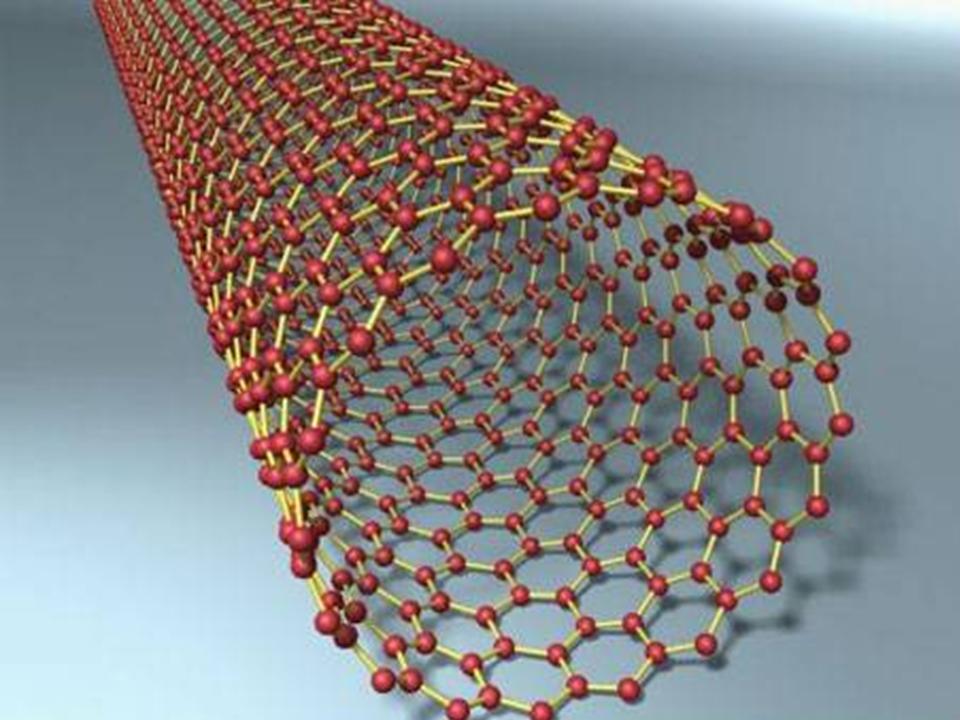
Forget spark plugs, start
your car with nanotubes
19 November 2005 · From
New Scientist Print Edition. Subscribe and get 4 free
issues. Celeste Biever
THE accidental discovery
that carbon nanotubes can be set alight with nothing more
than a bright light could lead to a more efficient way of
igniting car and rocket fuel.
Three years ago, a
student working in Pulickel Ajayan's lab at Rensselaer
Polytechnic Institute in New York inadvertently ignited the
pile of carbon nanotubes he was photographing (New
Scientist, 4 May 2002, p 27). Researchers think that the
nanotubes ignite because they absorb light more efficiently
than they can dissipate the energy as heat. The phenomenon
only happens when iron impurities are present, although the
exact process is uncertain.
Despite the mechanism's
mystery, researchers are already beginning to exploit the
effect. Bruce Chehroudi and
Stephen Danczyk of the US Air Force Research Laboratory at
Edwards air force base in California have found that
nanotubes placed one millimetre away from a droplet of
methanol or a liquid rocket fuel called RP-1 can ignite the
droplet when flashed with light. They think the burning
nanotubes ignite the vapour around the droplet, which then
ignites the fuel.
The pair have also
ignited solid firework propellants such as potassium
chlorate, simply by placing the nanotubes on top of them.
Encouraged by this success, they have filed patents on
nanotube ignition systems for car and rocket fuels. Standard
petrol engines rely on a spark produced by a high voltage
between two electrodes at the tip of the spark plug. This
ignites an atomised mixture of fuel and air in a combustion
chamber, and the expanding gas drives a piston. But sparking
does not burn all the fuel, creating inefficiency and
pollution. The wasted fuel drips into the exhaust pipe, from
where it is released into the atmosphere. And if rocket fuel
fails to ignite, the mixture of oxygen and hydrogen can
build up and ignite later in an explosion that can damage
the rocket.
Nanotubes could prevent
this by providing "distributed ignition" through the bulk of
a fuel, with no single point of failure. The nanotubes would
be blasted into the fuel as it is atomised, and mixed with
the air inside the cylinder. A flash of light from a bright
LED would ignite the nanotubes, and hundreds of tiny flames
would then ignite the fuel throughout, doing away with the
spark plug. "If one nanotube fails, you have lots of
others," says Chehroudi.
"Igniting at multiple points has always been a dream."
"A flash of light ignites
the nanotubes, which then ignite the fuel throughout"
The ignition system would
be more efficient because the nanotubes' dispersion
throughout the fuel mixture means that the heat produced is
used all at once to drive the piston, rather than gradually,
so there is less heat loss. In addition, all the fuel would
be burnt. This increased efficiency could justify the cost
of the new engines that would be needed, says the team. The
researchers are now trying to find which light wavelengths
and intensities work best. The idea is also being
investigated as a more reliable wire-free way of setting off
explosive bolts for rocket-stage separation, says Riad Manaa
at the Lawrence Livermore National Laboratory in California.
Wires often degrade and fail under high mission temperatures
and pressures: an optical fiber might do the job better.
From issue 2526 of New
Scientist magazine, 19 November 2005, page 30
OTHER APPLICATIONS:
NANOTUBE (FLASH) IGNITION
Back
to Top of This Page
NOTE:
Contact Advanced Technology Consultants for
consulting needs and opportunities in this area



